'The last red squirrel in Dumfries — if it comes to that — is most likely to be predated by a pine marten'
The pine marten is proving a mixed blessing in the task of restoring wildlife for Jamie Blackett.

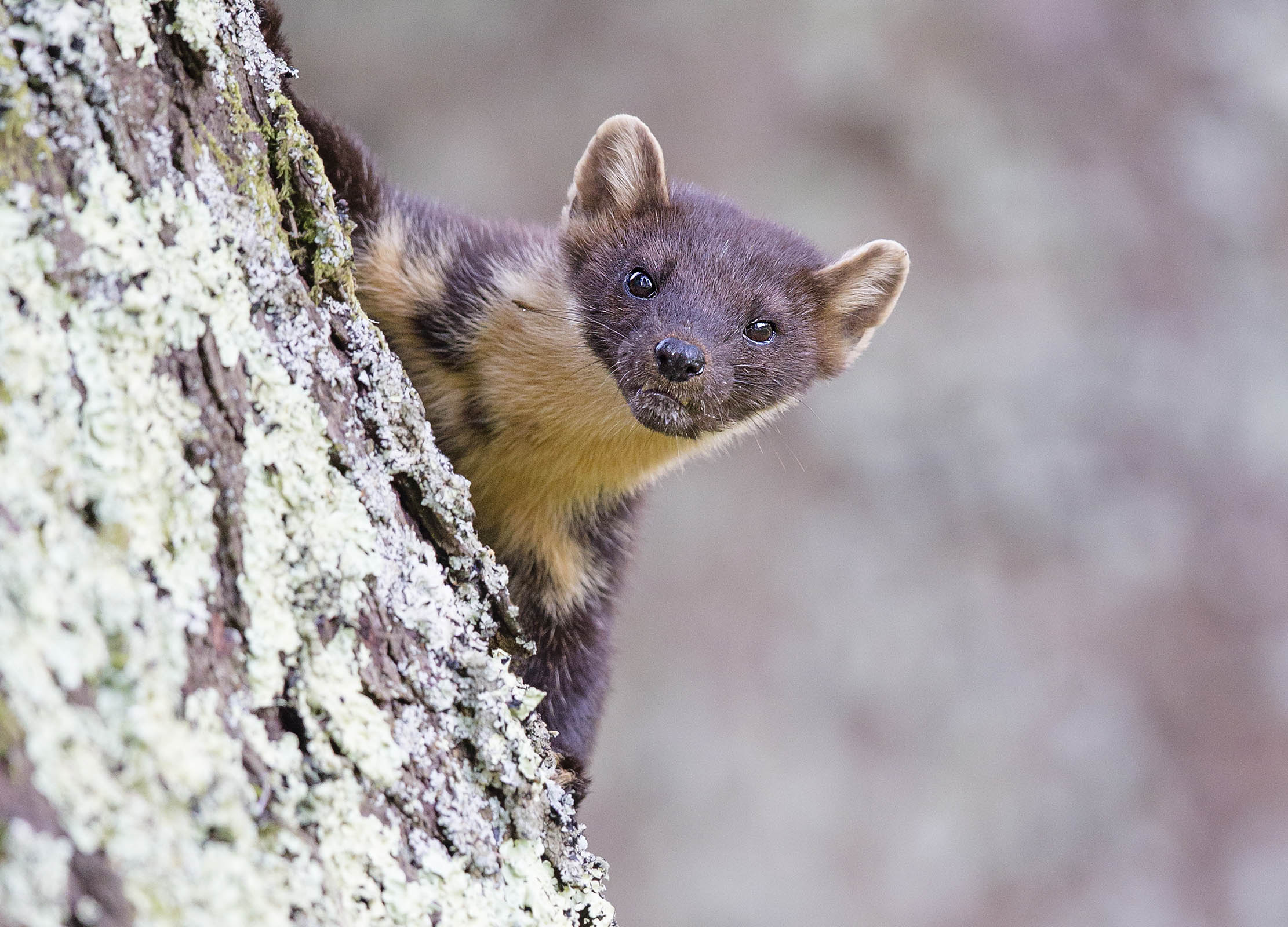
The terseness of the text message belies the emotion that Bernie the Squirrel Man will be feeling: ‘Regret to inform you dead red found on Arbigland yesterday. Suspected squirrel pox; we have sent to lab, will let you know results.’ It’s a bitter blow after all our trapping of the grey invaders, especially by Bernie and other dedicated volunteers. The assumption had been that the local grey population is free of pox. That theory is quashed when the lab report comes back a few days later.
It may not be terminal for Nutkin, however. Nature allows perhaps 5% of red squirrels to survive the pox and pass on a resistant gene to their offspring. There is a small chance if we can keep killing the greys, but trapping is fraught with danger for reds, a percentage of which die of stress when trapped.
Meanwhile, there is mixed news on the Green State’s preferred weapon of choice, the pine marten. It is appearing to our north since its reintroduction, which may yet be seen as an act of state-sponsored terrorism on our fauna. Although it is undoubtedly true that grey squirrels are more susceptible to pine martens than reds, which have evolved alongside them, I suspect the last red-squirrel drey in Dumfries and Galloway, if it comes to that, is most likely to be predated by a pine marten.
The collateral damage from the predators on hen runs and wild-bird species is already causing concern. Some friends near Wigtown lost a barn-owl nest to a pine marten last year. When there are so many vulnerable species hanging by a thread, and an already chronic predator imbalance, why go and introduce yet another mustelid?
My suspicions about the unhelpful influence of Government agencies are worsened when the wildlife field officer comes to commiserate and assess the extent to which the greys have colonised our peninsula (not much, thankfully, it transpires).
He blames covid. I am momentarily zoonotically confused.
‘It was the lockdowns that did it,’ he explains. ‘We were well on top of the greys around here, then Nature Scot and Scottish Forestry stopped us operating — outside, I know. By the time we got back to trapping it was all over; there were too many greys to deal with.’ I stare at the photograph of our diseased squirrel. For him, the dead hand of the state has caused him to be just that: dead.
Exquisite houses, the beauty of Nature, and how to get the most from your life, straight to your inbox.
On a happier note, the sheep have gone. The nursery rhyme Little Boy Blue does not do justice to the time-wasting, energy-sapping drama of retrieving sheep from where they are not wanted, then putting them back into a different field before locating and blocking the offending gap in the hedge. If only it was as simple as blowing on your horn.
"It’s an exciting time of year. Wildlife will reap the rewards from our preparations in only a few weeks’ time. I can’t wait."
The final straw that prompted the telephone call to their parent farm, demanding their immediate rustication, was when the Reluctant Shepherdess texted to ask why the sheep were on the beach below the house. Regenerative farming looks so simple in text books. The idea is to grow a winter catch crop between cereals and use sheep to eat it right down to the ground so that by trampling and manuring they put carbon back into the soil. The problem is that, about halfway through this process, the sheep decide, not unnaturally, that the grass — or the seaweed — looks greener elsewhere and go walkabout. And, like most British arable fields, our fences are no longer comprehensively sheep proof and the income from sheep wintering would take decades to pay for the cost of new fencing.
There are not enough daylight hours to go around. The dairy team is at full throttle, with milking in full swing again; calving still has a few weeks to go. At the arable end, the old sheep fields are harrowed into shape for the malting barley to be drilled. The woods throb with the sound of chainsaws as Willie and Daniel do the last thinning before we leave them for the birds to nest. Each one now has a log stack to act as a bank of nest boxes.
Keith the digger driver has just finished excavating our 15th pond, most of them already hosting courting mallard, and John is laying for the first time a hedge I planted 15 years ago. It’s a good feeling seeing a line of young trees in plastic tubes being transformed into a bristling hedge that would not look out of place in a Snaffles print — more habitat. It’s an exciting time of year. Wildlife will reap the rewards from our preparations in only a few weeks’ time. I can’t wait.
Jamie Blackett farms in Dumfries & Galloway. His book ‘Red Rag to a Bull: Rural Life in an Urban Age’ will be out in paperback soon
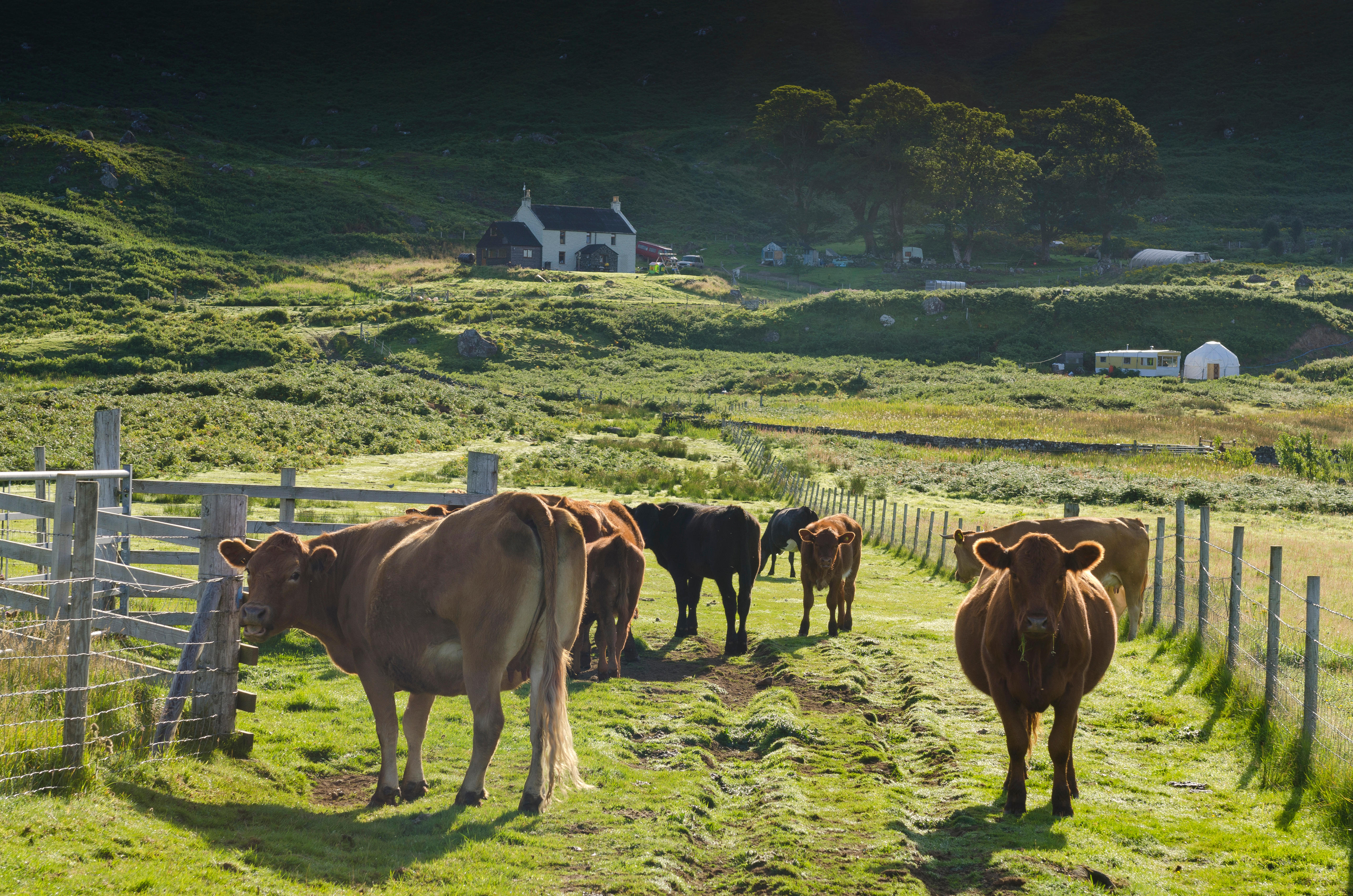
How farming has fallen from 'no finer investment' to fighting for its future
Jamie Blackett defends livestock farming on the urban media trail in the wake of 'Veganuary'.
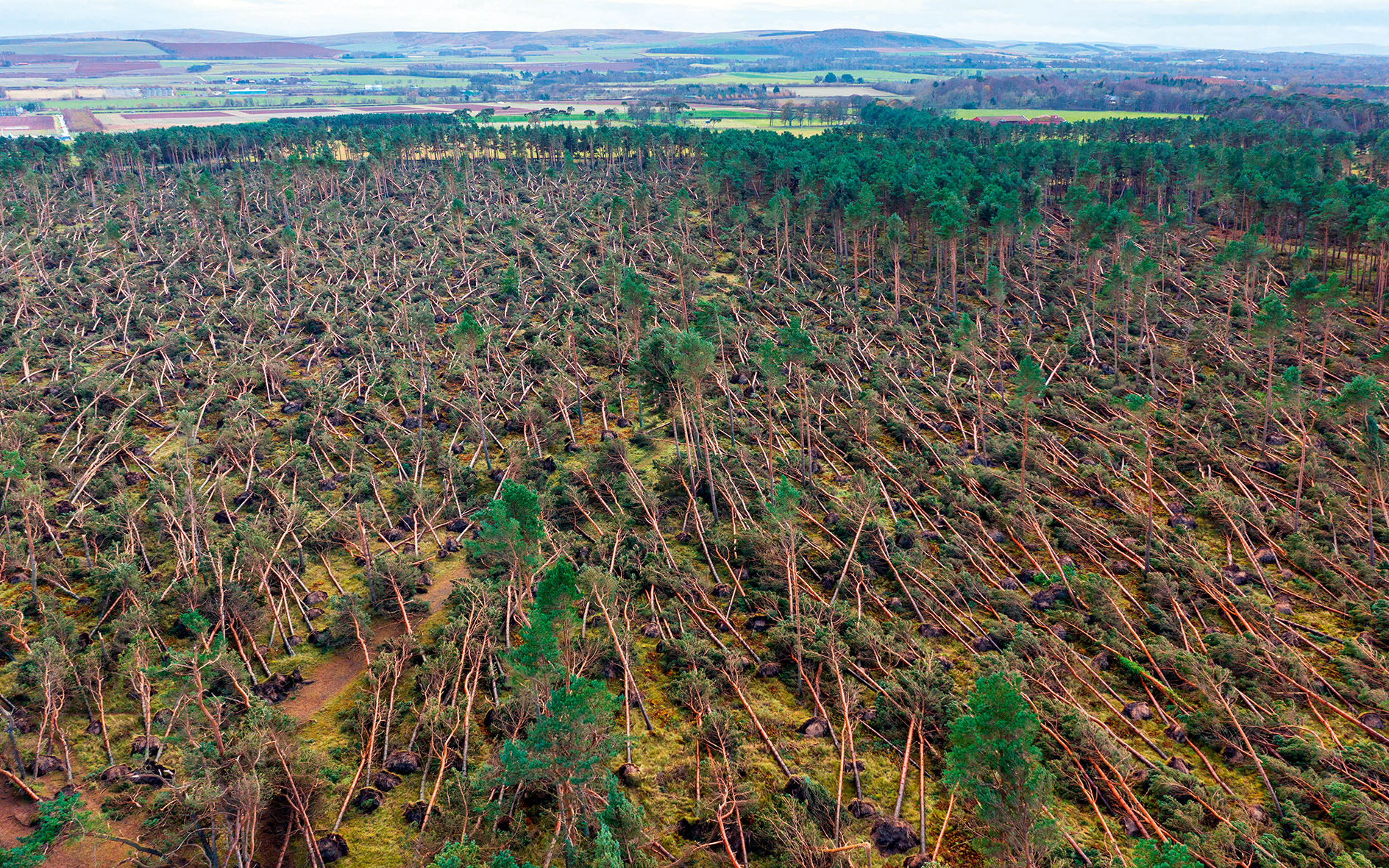
A farmer's view of Storm Arwen:'I surveyed the shattered wreckage of a wood I remember planting with my father one school holidays'
Jamie Blackett's dispatches from Storm Arwen and the havoc it wreaked.

Why 'the agricultural counter-revolution is being driven by farmers on the ground'
Jamie Blackett's tour of British farms reaches Holkham, wellspring of the agricultural revolution.
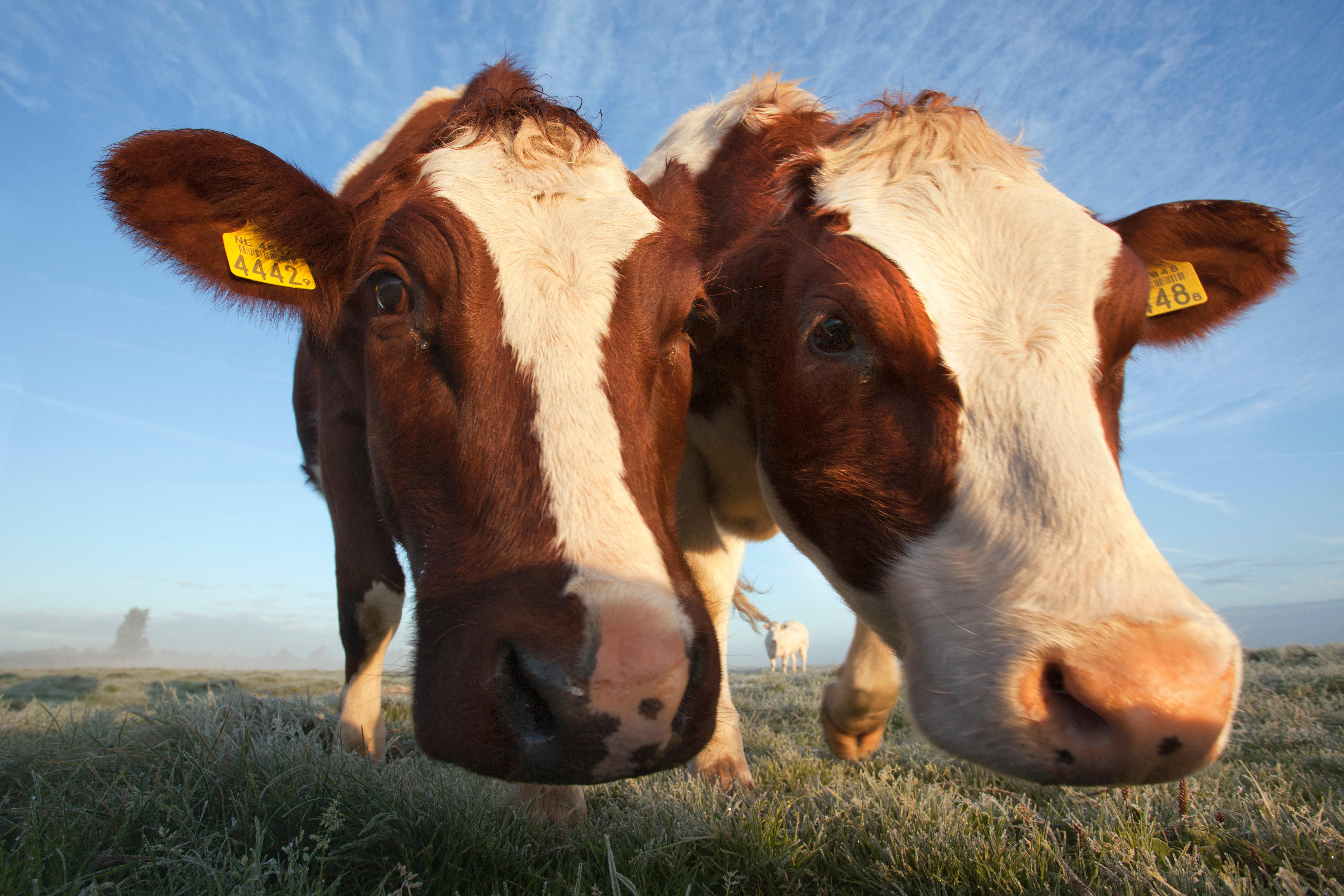
Credit: Alamy Stock Photo
Farming Life: 'The scale of the inflation is boggling... The January price for our milk is double what we did our budgets on'
As high inflation takes hold, farmers are, for once, making hay says Jamie Blackett.
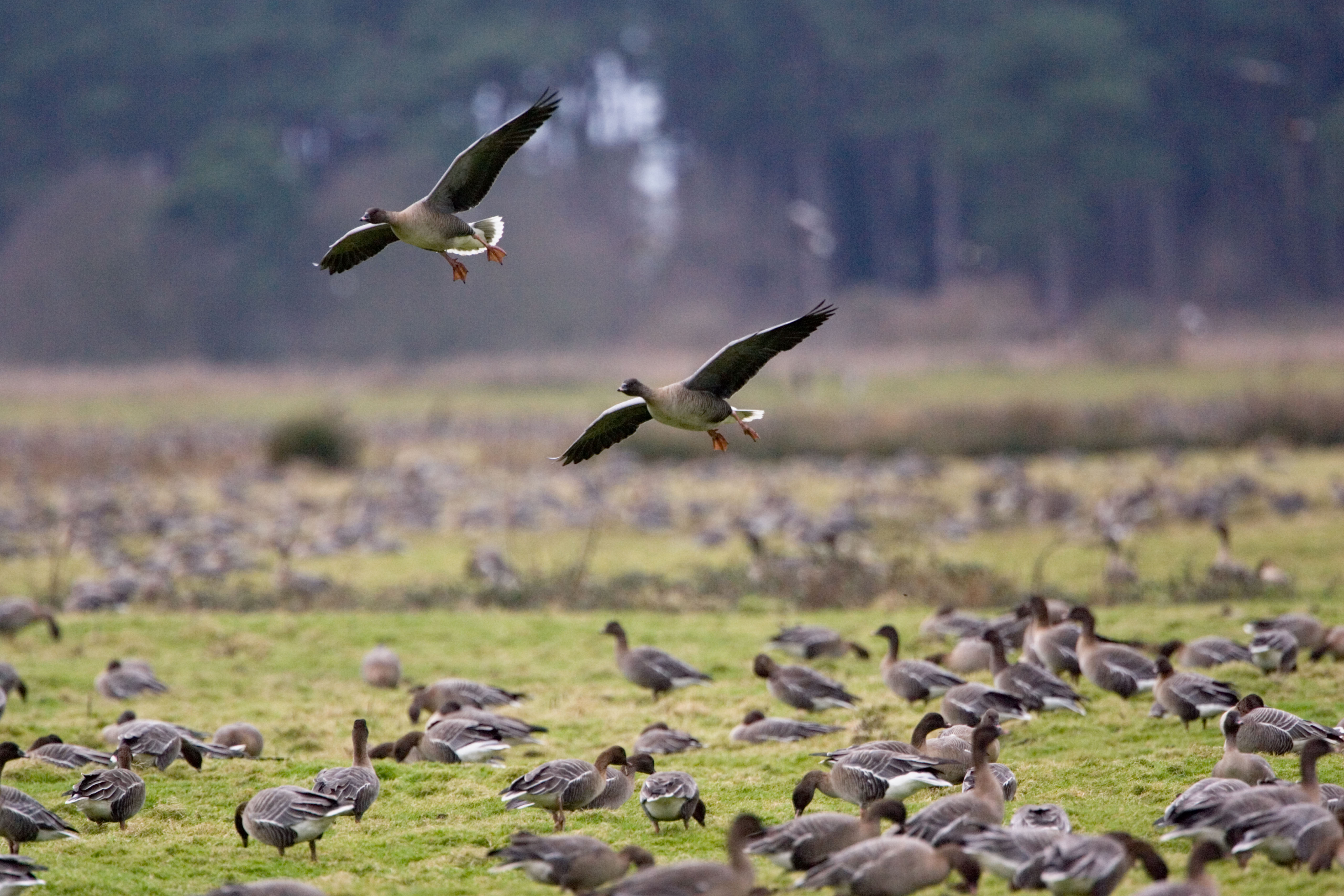
Credit: Alamy Stock Photo
The problem with geese: A farmer's nuisance, but a musician's dream
These avian visitors are a nuisance when they eat all the grass, but winters would be bleaker without their music.

The shorthorn: The tale of the cow that went global, thanks to the dedicated English farmers who created modern cattle breeding
The shorthorn cow is coming into its own again. Jamie Blackett celebrates the 200th anniversary of the herdbook and the
